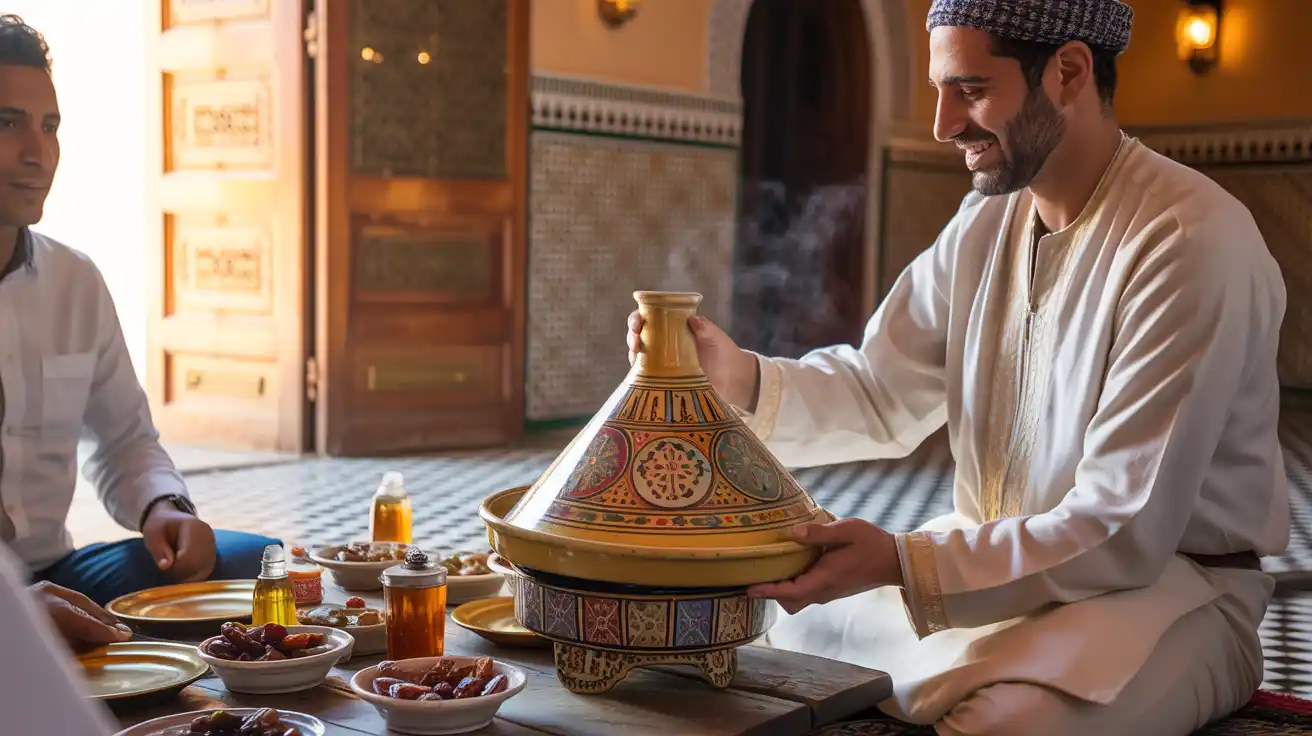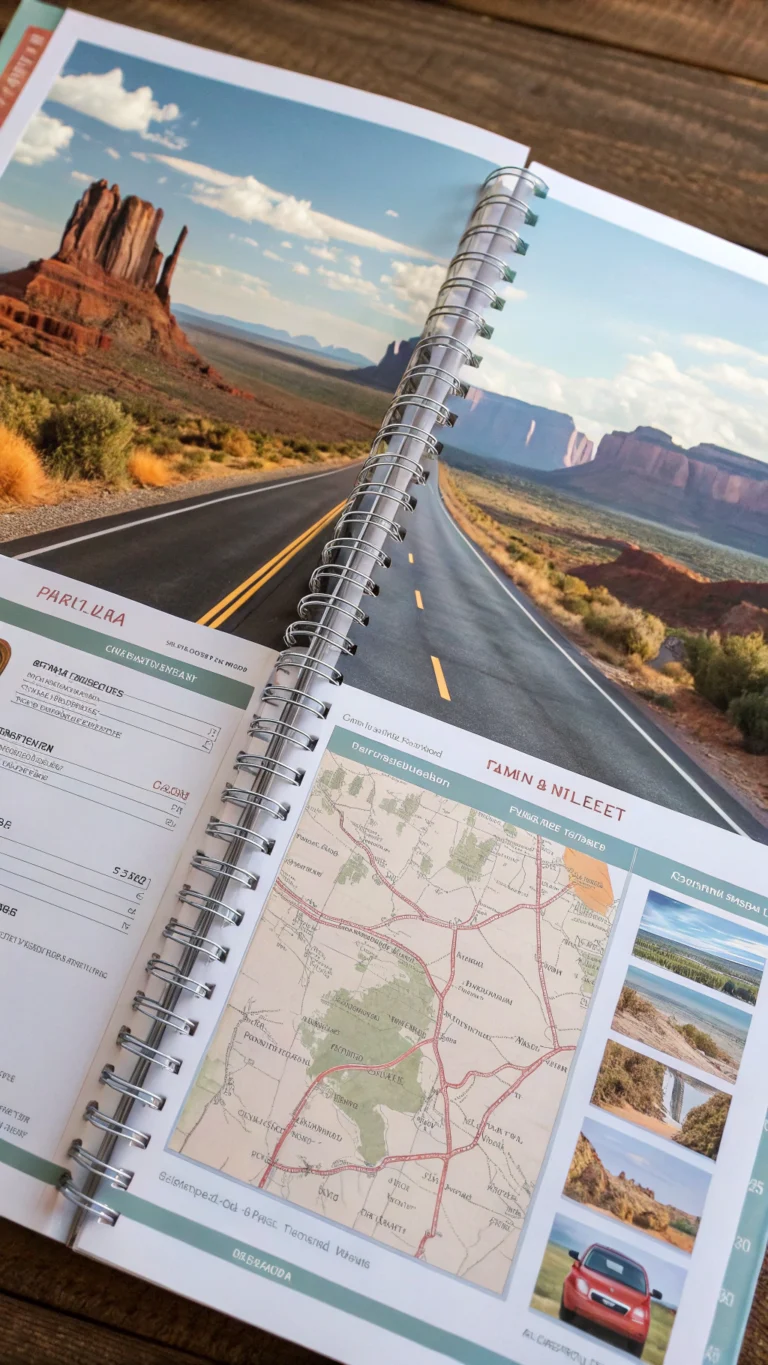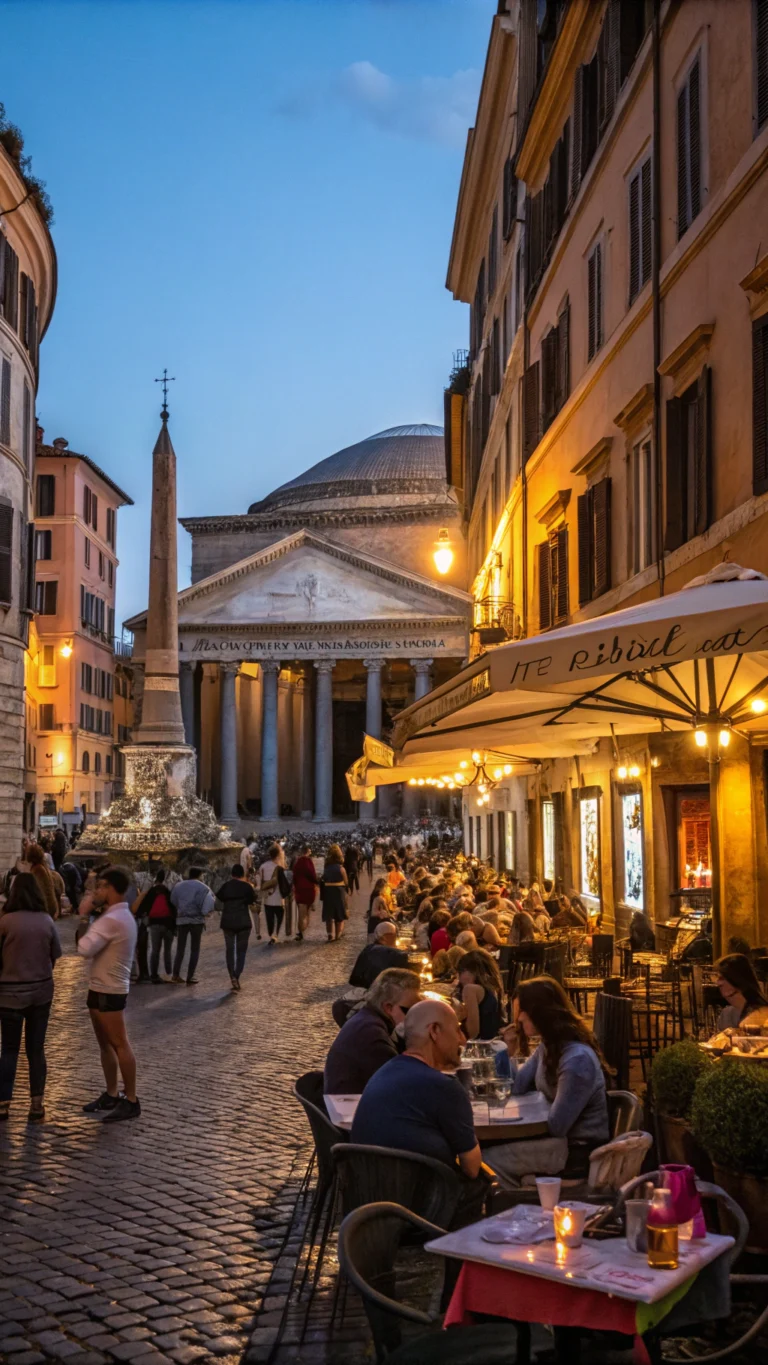11 Dining Habits that Make You Look Like a Tourist in Morocco
When traveling to Morocco, understanding the local dining culture is crucial to avoid unintentionally offending your hosts or standing out as a tourist.
Morocco is known for its rich culinary heritage and warm hospitality. To blend in and enjoy a more authentic experience, it’s essential to be aware of common tourist mistakes and cultural faux pas.

By being mindful of these differences, you can navigate Morocco’s dining etiquette with confidence and respect for the local culture.
Key Takeaways
- Avoid unintentionally offending your hosts by understanding local dining customs.
- Be aware of common tourist mistakes and cultural faux pas.
- Blend in and enjoy a more authentic experience in Morocco.
- Navigate Morocco’s dining etiquette with confidence.
- Show respect for the local culture through your dining habits.
Understanding Moroccan Dining Culture
In Morocco, mealtimes are sacred occasions that embody the spirit of community and generosity. Dining is not just about consuming food; it’s an experience that brings people together, fostering a sense of belonging and togetherness.
The Significance of Communal Eating
Communal eating is at the heart of Moroccan culture. Meals are typically served on large, shared platters, encouraging everyone to dig in together. This communal approach to dining strengthens bonds between family and friends, creating a warm and welcoming atmosphere.
The act of sharing food from a common dish is symbolic of unity and solidarity. It’s a practice that not only nourishes the body but also fosters a sense of community and cooperation.
Food as an Expression of Hospitality
In Morocco, hospitality is a revered virtue, and food plays a central role in its expression. When guests arrive, they are often greeted with an array of delicious dishes, showcasing the host’s generosity and respect for their visitors.
| Aspect of Hospitality | Description |
| Generosity | Hosts often prepare abundant meals to show respect and generosity to their guests. |
| Respect | The effort put into preparing meals is a sign of respect for the guests and the occasion. |
| Welcoming Nature | The act of sharing food creates a welcoming atmosphere, making guests feel at home. |
Understanding these nuances of Moroccan dining culture can greatly enhance your experience when dining in Morocco. By embracing the practices of communal eating and appreciating the expression of hospitality through food, you can connect more deeply with the local culture and its people.
Using the Wrong Hand for Eating
Eating with the right hand is a fundamental aspect of dining etiquette in Morocco. This cultural preference is deeply ingrained and considered more polite.
The significance of using the right hand can be seen in various aspects of Moroccan culture. For instance, the left hand is traditionally associated with personal hygiene, making the right hand the default for eating and other social interactions.
The Right Hand Rule in Moroccan Dining
In Morocco, using the right hand for eating is not just a matter of personal preference but a cultural norm. This practice is observed in both formal and informal dining settings.
Navigating Meals as a Left-Handed Person
For left-handed individuals, adapting to the right-hand rule can be challenging. However, with a bit of practice, it’s entirely possible to navigate meals comfortably. It’s also worth noting that Moroccans generally appreciate the effort to respect local customs.
| Dining Etiquette Tip | Description |
| Use Right Hand | Eat and pass dishes with your right hand. |
| Adapt as Left-Handed | Practice using your right hand for eating and social interactions. |
By being mindful of the right-hand rule, visitors can show respect for Moroccan culture and enhance their dining experience.
Expecting Western Utensils and Table Settings
The traditional Moroccan dining experience is characterized by the use of hands or bread instead of Western-style utensils. This practice is deeply rooted in Moroccan culture and is an integral part of the country’s hospitality traditions.
When dining with Moroccans, it’s common to be served a variety of dishes, including tagines and salads, which are typically eaten with the right hand or by using pieces of bread as makeshift utensils.
The Traditional Absence of Forks and Knives
In traditional Moroccan settings, forks and knives are not typically provided. This absence is not a sign of lack of sophistication but rather a reflection of the cultural norms around eating.
When and Where Utensils Are Actually Used
While traditional settings adhere to the no-utensils rule, there are instances where Western-style utensils might be used. In more modern or tourist-oriented restaurants, you may find forks, knives, and spoons provided to cater to international visitors.
| Setting | Utensils Used |
| Traditional Moroccan Home | Hands or Bread |
| Modern Restaurant | Forks, Knives, Spoons |
| Tourist-Oriented Cafe | Forks, Knives, Spoons |
“The beauty of Moroccan cuisine lies not just in its flavors but also in its cultural context, where the act of eating becomes a communal celebration.”
Improper Seating and Posture at Meals
Moroccan meals frequently take place on the floor, necessitating an awareness of traditional seating etiquette to avoid unintended offense. Understanding the nuances of floor seating can significantly enhance your dining experience.
Traditional Floor Seating Etiquette
In many Moroccan homes and traditional restaurants, the dining area is set up with low tables and cushions or mats on the floor. When seated, it’s essential to be mindful of your position relative to the table and other diners.
Key seating tips:
- Position yourself on the floor with your legs crossed or tucked under you.
- Avoid stretching your legs out or pointing your feet at others.
- Keep your back straight and be prepared to sit for extended periods.
Proper Leg Positioning and Posture
Maintaining proper posture is crucial during meals. When sitting on the floor, keep your legs folded under you or crossed, avoiding any posture that might be considered rude or disrespectful.
| Posture | Description |
| Correct | Sitting with legs crossed or tucked under, back straight |
| Incorrect | Stretching legs out, pointing feet at others |
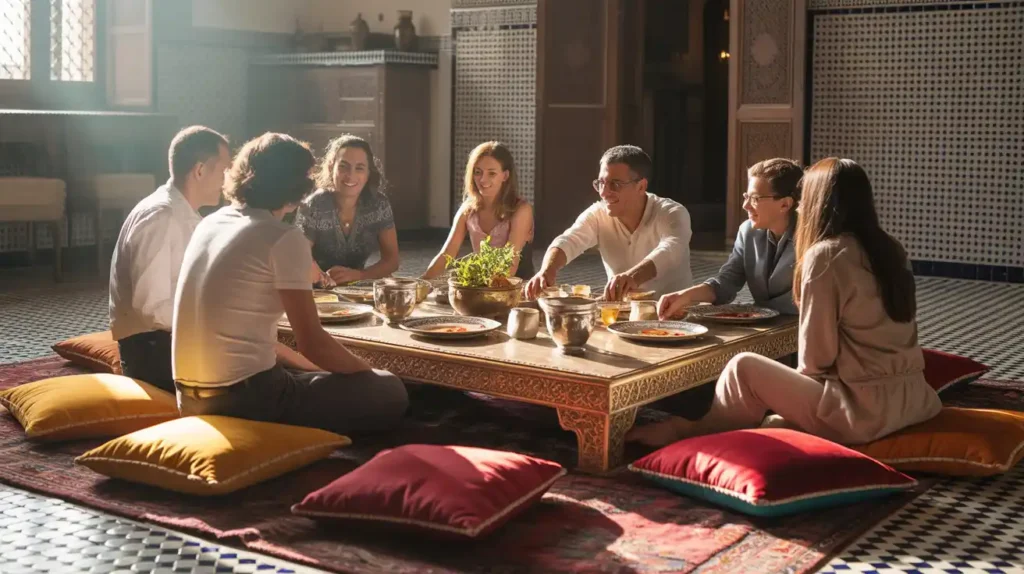
Mishandling Moroccan Bread
In Morocco, bread is more than just a staple food; it’s a cultural icon that demands respect and proper handling. Khobz, as it’s known locally, is a fundamental element of every meal, symbolizing hospitality and community.
The Cultural Significance of Khobz
Khobz is deeply ingrained in Moroccan culture, often used to scoop up food, as a utensil, or simply served on its own. It’s a symbol of generosity and warmth towards guests. The cultural significance of Khobz can be seen in its presence at every meal, where it’s often broken and shared among diners as a sign of unity and respect.
Proper Bread Handling and Disposal
Handling Khobz correctly is crucial to avoid unintentionally offending your hosts or locals. Always tear the bread with your right hand, as using your left hand can be considered impolite. When you’re finished with a piece of bread, it’s customary to place it on the edge of the communal plate or a designated area, rather than throwing it on the floor or leaving it on the table.
| Proper Action | Cultural Significance |
| Tearing bread with the right hand | Shows respect and follows local etiquette |
| Placing leftover bread on the edge of the communal plate | Demonstrates awareness of local customs and respect for the meal |
| Avoiding wasting or throwing bread on the floor | Reflects appreciation for the food and the culture |
By understanding and respecting the cultural significance of Khobz and following proper bread handling etiquette, visitors can enhance their dining experience in Morocco and show appreciation for the local culture.
Dining Habits that Make You Look Like a Tourist in Morocco: Serving and Sharing
Moroccan dining etiquette places a significant emphasis on the proper serving and sharing of food, particularly in communal settings. Understanding these customs can greatly enhance your dining experience and help you blend in with the locals.
Reaching Across the Communal Dish
One of the key aspects of serving and sharing in Moroccan culture is the etiquette surrounding communal dishes. When dining from a communal tagine or dish, it’s considered impolite to reach across the dish to serve yourself or others. Instead, follow the lead of the locals and serve food from the section of the dish nearest to you.
Best Practice: Always serve food from the nearest section to avoid stretching across the communal dish.
Taking Food from the Wrong Section of the Tagine
The tagine is a staple of Moroccan cuisine, and knowing how to properly take food from it is essential. Typically, the tagine is arranged with different sections containing various parts of the meal. It’s crucial to take food from the section in front of you or as indicated by the host.
- Be mindful of the arrangement of the tagine and follow local cues.
- Avoid taking food from sections that are not in front of you.
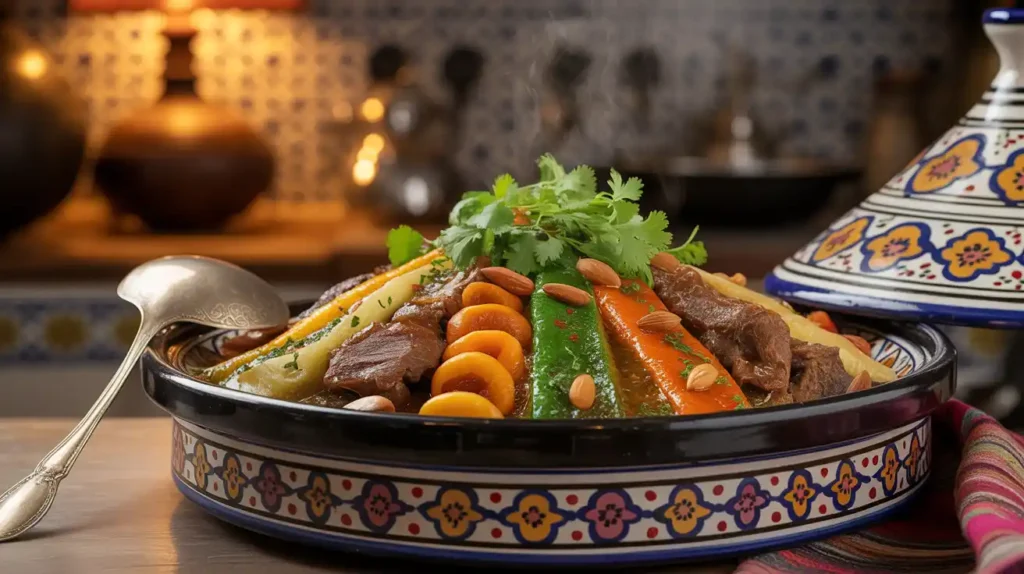
By being aware of these serving and sharing customs, you can avoid unintentionally drawing attention to yourself as a tourist. Embracing these practices not only shows respect for the culture but also enriches your overall dining experience in Morocco.
Beverage Blunders
Understanding beverage etiquette is crucial when visiting Morocco, where drinks play a significant role in cultural interactions. Beverages are an integral part of Moroccan hospitality, and navigating the nuances of drinking customs can greatly enhance your experience.
Refusing Mint Tea or Coffee Offerings
In Morocco, mint tea and coffee are more than just beverages; they are symbols of hospitality and respect. Refusing these offerings can be considered impolite, as it implies rejecting the host’s generosity. When offered mint tea or coffee, it’s essential to accept graciously, even if it’s just a small amount.
Drinking Timing and Etiquette
The timing and etiquette surrounding drinking in Morocco are also important. For instance, when drinking mint tea, it’s customary to wait for the host to initiate the serving. Additionally, it’s considered polite to use your right hand when receiving or serving beverages, as the left hand is associated with personal hygiene.
Water Safety Misconceptions
A common misconception among travelers is that tap water in Morocco is unsafe to drink. While it’s true that tap water may not be potable in all areas, many hotels and restaurants serve bottled or filtered water. It’s always a good idea to ask your host or server about the safety of the water.
By being mindful of these beverage blunders, you can avoid unintended offense and show respect for Moroccan culture. Whether it’s accepting a cup of mint tea or inquiring about water safety, your attention to beverage etiquette will be appreciated by your hosts.
Common Mistakes with Meal Timing and Pace
Dining in Morocco is about more than just the food — it’s also about when and how you eat. Moroccans typically enjoy their meals slowly, taking time to savor the flavors and enjoy the company around them.
Expecting Dinner Too Early
Dinner in Morocco usually happens later than in many Western countries, often between 8 PM and 10 PM. If you’re expecting an early dinner, you might be caught off guard. It’s a good idea to adjust your schedule and embrace the local rhythm.
Eating in a Rush
Rushing through meals is considered impolite in Moroccan culture. Meals are social events meant to be enjoyed, not hurried. Take your time, engage in conversation, and appreciate the full experience — it’s part of the hospitality.
Why It Matters
Respecting local dining customs not only improves your experience but also shows cultural awareness. It helps you connect more deeply with the people and the place, turning a simple meal into a meaningful moment.
Ramadan-Specific Dining Mistakes
Understanding Ramadan dining etiquette is crucial for visitors to Morocco to avoid unintentionally offending locals. During this holy month, Moroccans fast from dawn to sunset, and the dining culture shifts significantly.
Eating in Public During Fasting Hours
Eating, drinking, or smoking in public during fasting hours is considered highly impolite and can attract unwanted attention. Visitors should refrain from consuming anything in public from dawn to sunset.
Misunderstanding Iftar and Suhoor Customs
Iftar, the meal eaten after sunset to break the fast, is a significant event in Moroccan culture. It’s a time for family gatherings and is often characterized by traditional dishes and hospitality. Suhoor, the pre-dawn meal, is equally important as it provides the energy needed throughout the fasting day. Understanding and respecting these customs is key to a harmonious dining experience.
| Meal | Timing | Significance |
| Iftar | After Sunset | Breaking the Fast |
| Suhoor | Before Dawn | Pre-Fasting Meal |
By being mindful of these customs, visitors can enjoy a more authentic and respectful dining experience during Ramadan in Morocco.
Payment and Tipping Faux Pas
To blend in with the locals in Morocco, mastering the etiquette of payment and tipping is essential. Understanding these customs can make a significant difference in how you’re perceived during your dining experiences.
Inappropriate Tipping Practices
Tipping in Morocco, known as “baksheesh,” is a customary practice that shows appreciation for services rendered. In restaurants, it’s common to tip around 10% of the total bill. However, it’s crucial to tip discreetly to avoid drawing unnecessary attention. When it comes to other services like tour guides or drivers, tipping practices can vary, but generally, showing appreciation through a small tip is well-received.
| Service | Typical Tip |
| Restaurant Service | 10% of the bill |
| Tour Guides | 50-100 MAD per day |
| Drivers | 20-50 MAD per day |
The Etiquette of Paying for Meals
When dining with locals or in traditional settings, it’s customary for the host to pay. Insisting on paying or splitting the bill can sometimes be seen as impolite. However, in tourist areas or modern establishments, the practice can be more flexible, and splitting the bill is becoming more accepted.
Being mindful of these customs can enhance your dining experience in Morocco. By showing respect for local tipping practices and the etiquette of paying for meals, you can enjoy a more authentic and engaging culinary journey.
Conclusion: How to Dine Like a Local in Morocco
Dining like a local in Morocco is about embracing the cultural nuances that make the country’s culinary experience so unique. By understanding and respecting local customs, you can enjoy a more authentic and immersive experience.
Throughout this article, we’ve explored common dining habits that can make you look like a tourist in Morocco. From using the wrong hand for eating to mishandling Moroccan bread, being mindful of these cultural faux pas can significantly enhance your dining experience.
To dine confidently and respectfully in Morocco, focus on cultural immersion by being open to new experiences and traditions. Whether it’s navigating the intricacies of communal eating or understanding the significance of mint tea, adopting local customs will enrich your time in Morocco.
As you explore the vibrant culinary landscape of Morocco, remember that dining like a local is not just about the food – it’s about the people, the culture, and the experience. By being respectful and aware of local dining etiquette, you can create meaningful connections and lasting memories.
FAQ
What is the significance of communal eating in Moroccan culture?
Communal eating is a significant aspect of Moroccan culture, as it is seen as an opportunity to bond with family and friends, and the act of sharing food is a crucial part of Moroccan etiquette.
How should I handle bread, or “Khobz,” in Morocco?
Bread, or “Khobz,” is a symbol of hospitality and community in Morocco. To handle it correctly, you should tear it with your right hand, not cut it with a knife, and avoid leaving it on the floor or throwing it away carelessly.
What are the rules for serving and sharing food in Morocco?
When serving and sharing food, particularly from a communal dish like a tagine, you should not reach across the dish and should take food from the section nearest to you.
Is it impolite to refuse mint tea or coffee offerings in Morocco?
Yes, refusing mint tea or coffee offerings can be considered impolite, as these beverages play a significant role in Moroccan hospitality.
How should I time my meals in Morocco?
Moroccans typically eat dinner later than in many Western countries. You should adapt to local meal timings and avoid rushing through the dining experience.
What are the dining etiquette rules during Ramadan in Morocco?
During Ramadan, it is considered highly impolite to eat in public during fasting hours. You should also be respectful of the customs surrounding iftar and suhoor.
How should I tip in Morocco?
Tipping practices in Morocco can be different from what you might be used to. You should tip service staff, such as waiters and guides, according to the quality of service received.
What is the etiquette for paying for meals in Morocco?
In Morocco, it is customary for the host to pay for meals, especially if they have invited you. However, in tourist areas, the practice may vary, and it’s not uncommon for guests to offer to pay or split the bill.
Can I drink tap water in Morocco?
It’s generally not recommended to drink tap water in Morocco. Stick to bottled or filtered water to avoid water-borne illnesses.
How can I avoid looking like a tourist while dining in Morocco?
To avoid looking like a tourist, you should understand and respect local dining customs, such as using your right hand when eating, not reaching across communal dishes, and being mindful of meal timings and pacing.

